Mercado Yeongcheon de Dongnimmun (독립문영천시장)
2.0Km 2023-01-17
Tongil-ro 189-1, Seodaemun-gu, Seúl
Arroyo Cheonggyecheon (청계천)
2.0Km 2024-05-16
Changsin-dong, Jongno-gu, Seúl
El arroyo Cheonggyecheon nace en la plaza Cheonggye, que se encuentra en la avenida Sejong-ro, frente al edificio del periódico Donga Ilbo, que fue el lugar de inicio del restablecimiento del arroyo. Abarca hasta el puente Sindapcheolgyo. La plaza Cheonggye se compone de una fuente con caídas de agua, un modelo en miniatura del arroyo en su totalidad y una senda de paseos, entre otras instalaciones para comodidad de los visitantes.
El diseño de la plaza Cheonggye presenta un toque tradicional, el lugar está decorado con colores diversos, ofreciendo una elegancia peculiar. El modelo del arroyo representado en tamaño de miniatura, posibilita a simple vista recorrer la zona completa del arroyo remodelado. También expone los carteles explicativos de los 22 puentes que atraviesan el curso de agua y otros detalles. Por otra parte, hacia la izquierda está instalada la escalera que conecta con las aceras ribereñas del arroyo y hacia la derecha de la plaza Cheonggye hay un sendero con un túnel de 18 m de largo.
El Ayuntamiento de Seúl ha logrado que el lugar se convierta en un espacio cultural libre para los ciudadanos, prohibiendo el tránsito de vehículos en los días festivos. La fuente con forma de candelero y con la iluminación de luces tricolores, junto a las caídas de agua desde dos pisos, a una altura de 4 m, conforman una obra de ingeniería civil maravillosa. A cada lado de las caídas de agua se han instalado miles de piedras traídas desde todas partes del país. Por la noche, la combinación que hace el agua con las luces de la iluminación es realmente un espectáculo fantástico.
Of one book and stay [Korea Quality] / 일독일박 [한국관광 품질인증/Korea Quality]
2.0Km 2021-03-29
11-1, Pirundae-ro 3-gil, Jongno-gu, Seoul
This hanok (traditional Korean house) is located in Seochon Village near Gyeongbokgung Palace. It is a modern C-shaped hanok centered around the inner courtyard, which is the first thing that the guests see after entering through the gate. While it is not expansive, white pebbles and a foot bath make this hanok a unique one. One can enjoy a foot bath while sitting on the porch.
The bedroom, which is located beyond the living room, is furnished with a queen-sized bed. Opening the screen doors brings one to the view of the kitchen area beyond the inner courtyard. A large table, plush sofa, and a small bookcase make the space ideal for books and discussions. Climbing the wooden ladder to the side of the kitchen brings one to the attic, which also doubles as a Korean-style room with a skylight. The kitchen is furnished with a refrigerator, microwave oven, gas stove, electric kettle, toaster, pots, utensils, wine glasses, and bottled water. There is a restroom with a bathtub. The standard occupancy of the house is 4 people.
Parque Jangchungdan (장충단공원)
2.0Km 2021-07-02
Dongho-ro 261, Jung-gu, Seúl
En noviembre de 1900, el emperador Gojong levanta un pequeño santuario (en el actual territorio donde se encuentra el Hotel Shilla) en memoria de los soldados que lucharon por la protección de la emperatriz Myeongseong (la emperatriz luego muere a manos de mercenarios japoneses). Durante la Guerra de Corea (1950-1953), el lugar fue destruido y solo pudo salvarse una lápida, que fue llevada hasta el parque en 1969.
Inwoohouse [Korea Quality] / 인우하우스 [한국관광 품질인증]
2.0Km 2023-04-13
9, Gyedong 6-gil, Jongno-gu, Seoul
02-742-1115
Run by a couple hailing from Bukchon, Inwoo House is located in an alleyway in Gye-dong, Jongno-gu, which is part of Bukchon that is well-known for old hanok houses. Inwoo House, meaning 'the house of Inwoo,' is inhabited by the owner couple and eight-year-old son Inwoo and his younger brother Yeonwoo. The couple, who have always lived in Bukchon, moved to Inwoo House in 2010; their parents run another guesthouse -- Yeonwoo House -- in Gahoe-dong, which isn’t far from Inwoo House. These two hanok guesthouses seek to provide guests with an opportunity to experience the true aspect of traditional Korean house amid the natural environment. Inwoo House, which has the typical style of hanok in the area, features a cozy yard, a toenmaru (narrow wooden porch running along the outside of the building), and several charming decorative items. It has three rooms – Tokki-bang and Haejanggeum-bang situated in Sarangchae (a detached building) and Nori-bang, which is a communal space. Due to its quiet location, guests can enjoy relaxation with a serene atmosphere in their rooms, which are decorated with calligraphic works and furniture inlaid with mother-of-pearl in a simple way. Each room is equipped with a bathroom. The guesthouse offers breakfast such as toast or tteokguk (rice cake soup). Inwoo House is an ideal place to stay for guests with children as the owner couple have children with whom children can play in the alley, yard, or toenmaru with an interesting hanok environment. The guesthouse also provides various traditional activities including traditional Korean clothes experience, traditional Hanji (Korean paper) craft experience, traditional knot bracelet making, and fan decorating, which are popular among foreign tourists and children. It is adjacent to restaurants, coffee shops, convenience store, and other tourist attractions including Gyeongbokgung Palace, Changdeokgung Palace, Insa-dong, and Samcheong-dong.
Fatum (파툼)
2.0Km 2019-12-20
86-5, Samcheong-ro, Jongno-gu, Seoul
+82-2-739-9888
FATUM is famous for its great view of Samcheong-dong. Each floor is decorated with a different theme, from natural rocks on the first floor, comfort on the second floor, and indoor viewing places on the third and fourth floors, and outdoor seats on the fifth floor. The view features beautiful scenery including Bugaksan Mountain, Inwangsan Mountain, and Gyeongbokgung Palace at once, as well as a fantastic sunset from the café.
Nodaji Pumba(노다지품바)
2.0Km 2020-12-18
40 Jong-ro 35-gil Jongno-gu Seoul
+82-2-764-5814
You can enjoy egg cockle shabu-shabu. This Korean dishes restaurant is located in Jongno-gu, Seoul. The most famous menu is shabu-shabu.
Callejón de las Manitas de Cerdo de Jangchung-dong (장충동 족발 골목)
2.1Km 2022-09-19
Jangchungdan-ro 176, Jung-gu, Seúl.
La historia del Callejón de las Manitas de Cerdo de Jangchung-dong empieza con los 2 restaurantes abiertos en el edificio Manjeong hace 52 años. Cuando uno ya llevaba 1 año trabajando, abrió sus puertas también el otro. Las manitas de cerdo no eran en principio el menú principal. Los comensales del restorán (el primero en abrir las puertas) que vendían tortitas y licor querían un plato que fuera barato, rico y que llenara mucho. La dueña inmediatamente pensó en las manitas de cerdo, que eran un plato preferido de su provincia y lo agregó en la carta del restorán, que se ha vuelto el menú simbólico del local. La dueña cuenta que hasta ahora no puede olvidar del sabor de las manitas de cerdo que había probado en su niñez, preparadas por su madre en invierno. Las manitas de cerdo de Jangchung-dong se popularizaron desde los años 70 y fue en esa época cuando se dio el auge de los restaurantes de este tipo. Se cree que la excelente calidad, cantidad y sabor de las manitas son las que mantienen hasta ahora su fama. El sabor del plato varía según el restorán que lo prepara, pero no se puede decir cuál es mejor o cuál es peor, ya que el gusto de cada uno es único y personal. Los acompañamientos como la torta de cebolla de verdeo o de soja verde también son exquisiteces que vale la pena probar.
Dialogue in the Dark (Sucursal de Bukchon) (어둠속의대화 북촌점)
2.1Km 2025-05-12
Gahoe-dong, Jongno-gu, Seúl
Phopular (퍼퓰러)
2.1Km 2021-03-30
2, Eulji-ro 44-gil, Jung-gu, Seoul
+82-2-792-9119
A restaurant where Vietnamese chefs cook dishes, themselves. The best menu at this restaurant is rice noodles. This Vietnamese (cuisine) restaurant is located in Jung-gu, Seoul.

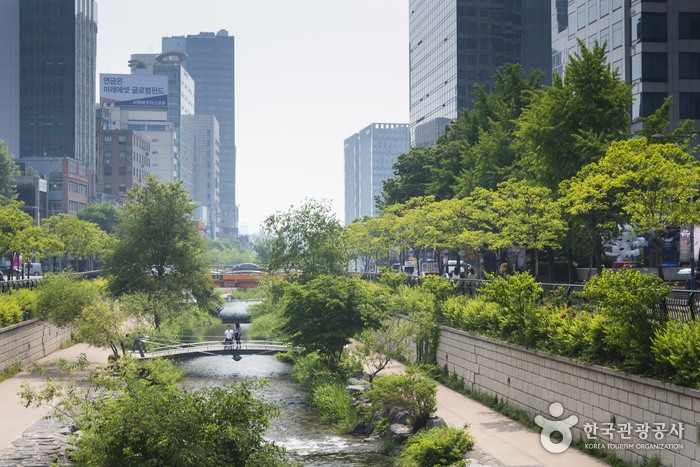
![Of one book and stay [Korea Quality] / 일독일박 [한국관광 품질인증/Korea Quality]](http://tong.visitkorea.or.kr/cms/resource/43/2707643_image2_1.jpg)

![Inwoohouse [Korea Quality] / 인우하우스 [한국관광 품질인증]](http://tong.visitkorea.or.kr/cms/resource/64/2633664_image2_1.jpg)
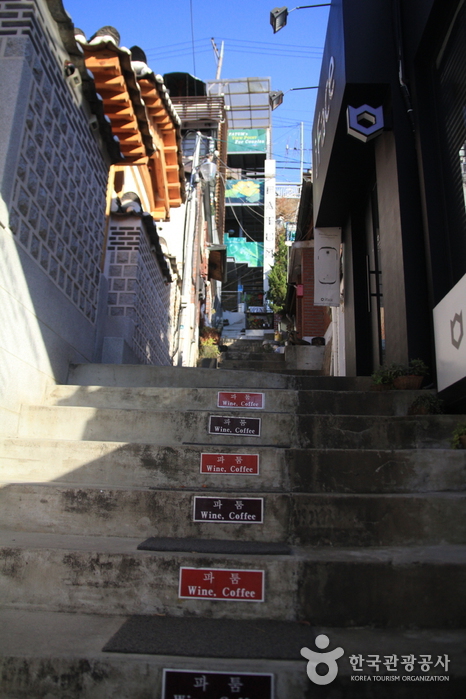
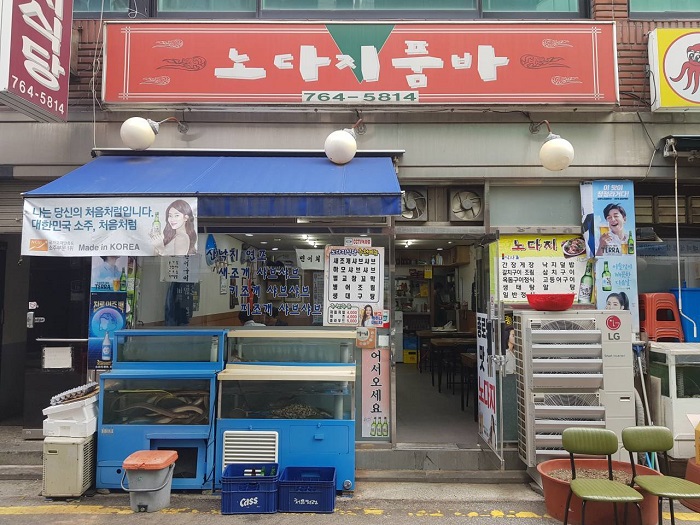
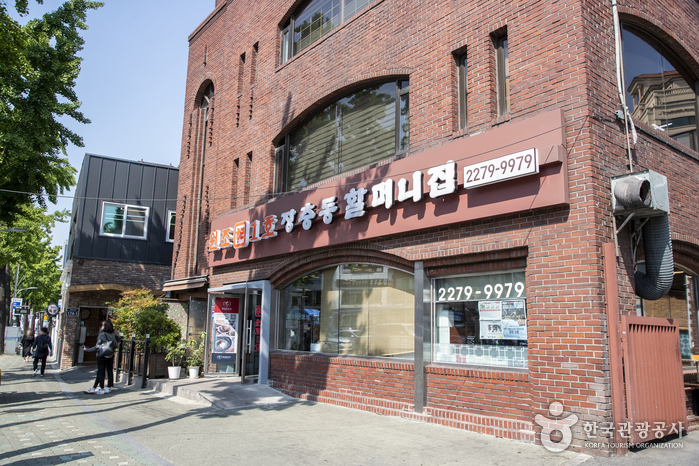
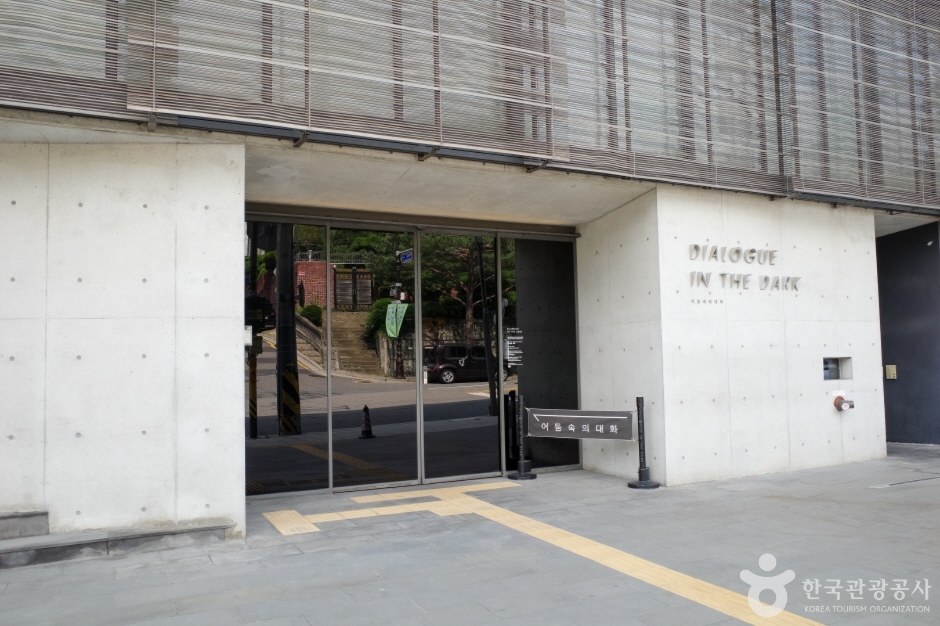
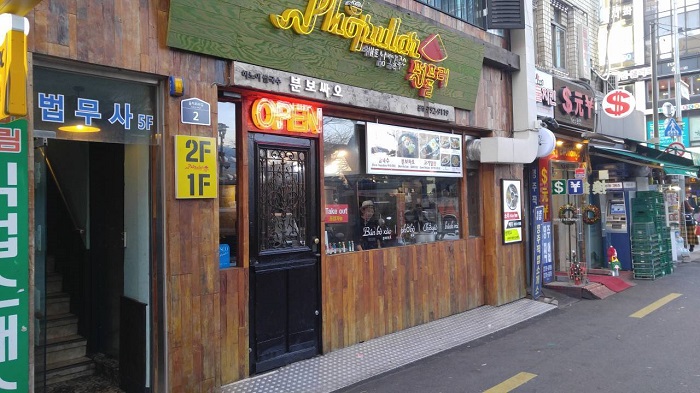
 Español
Español
 한국어
한국어 English
English 日本語
日本語 中文(简体)
中文(简体) Deutsch
Deutsch Français
Français Русский
Русский